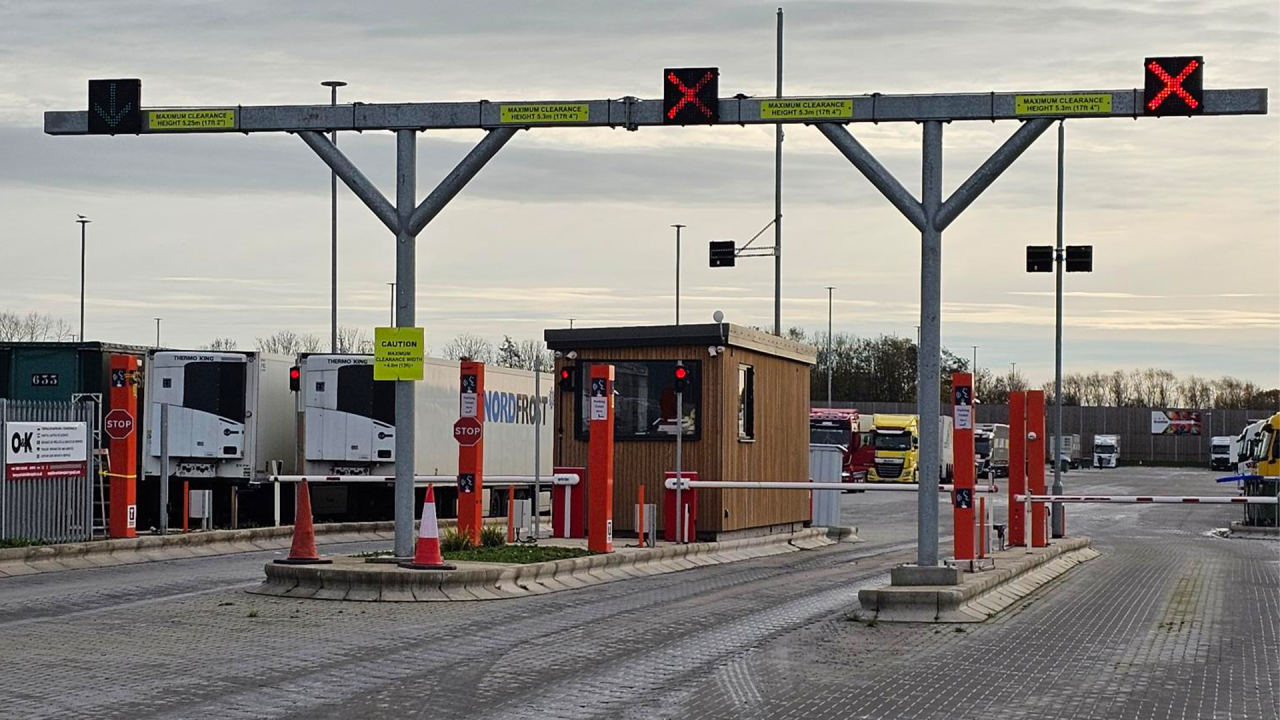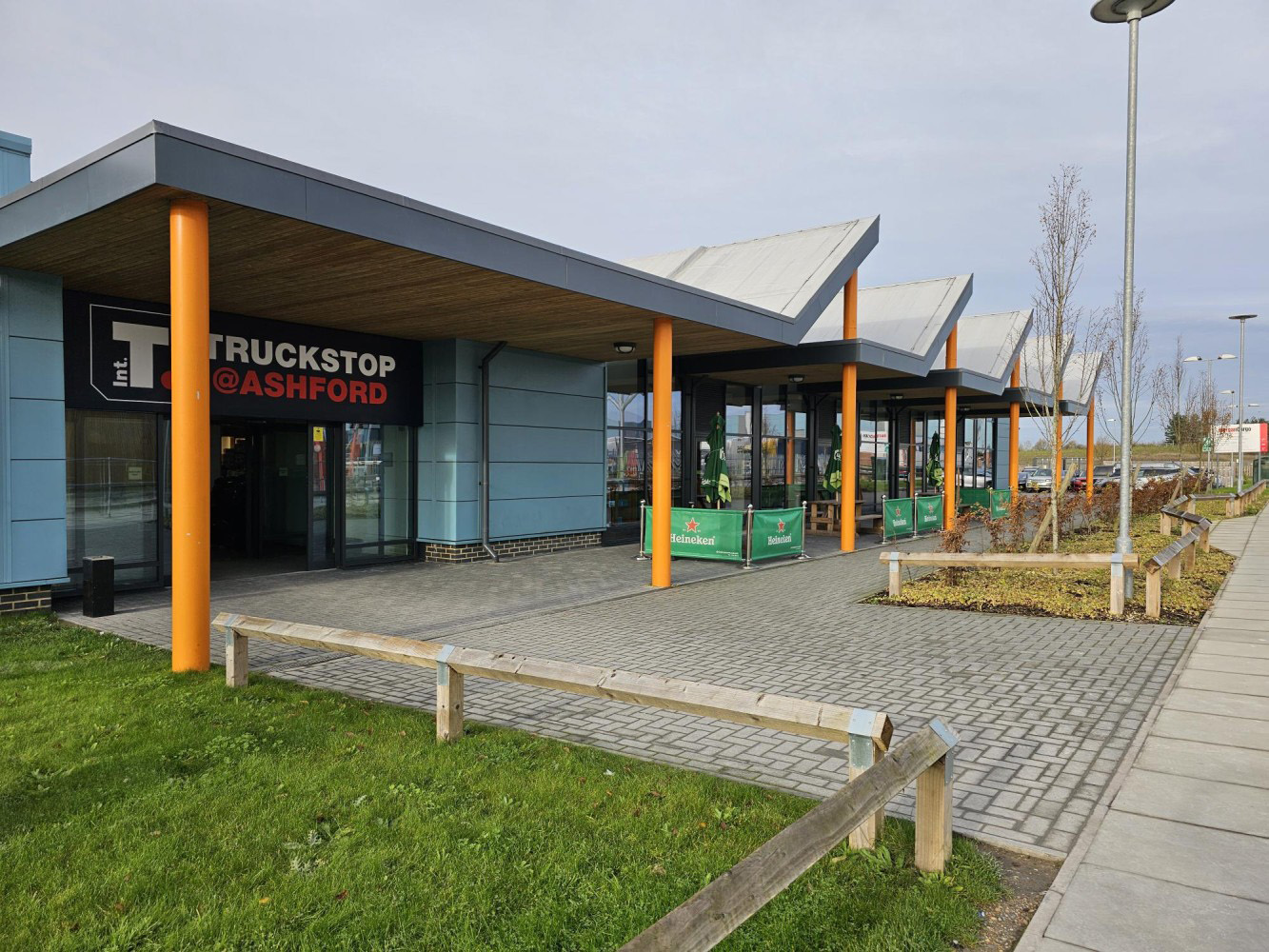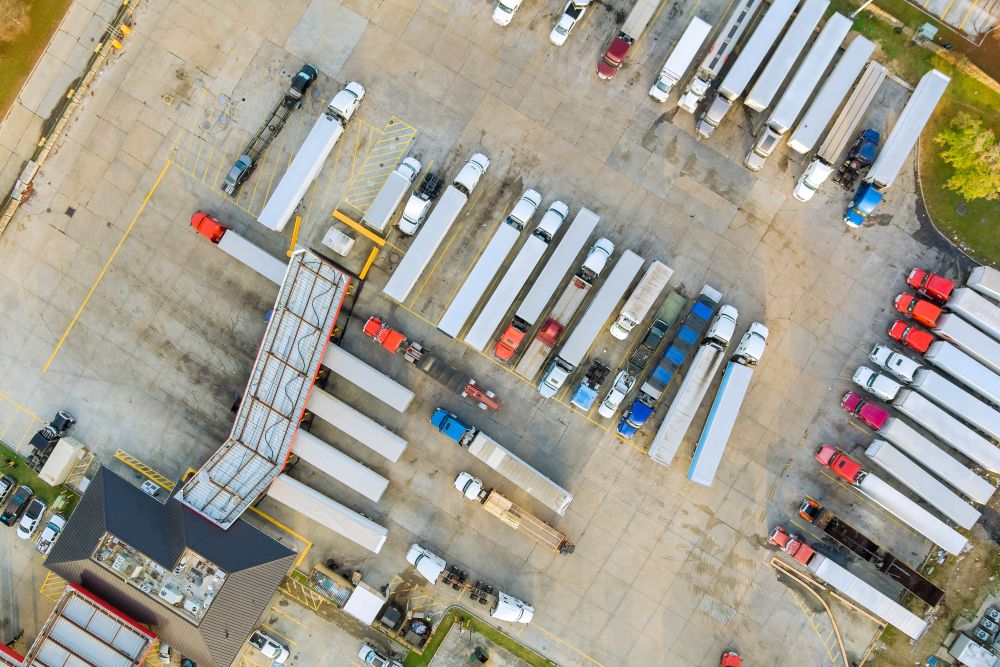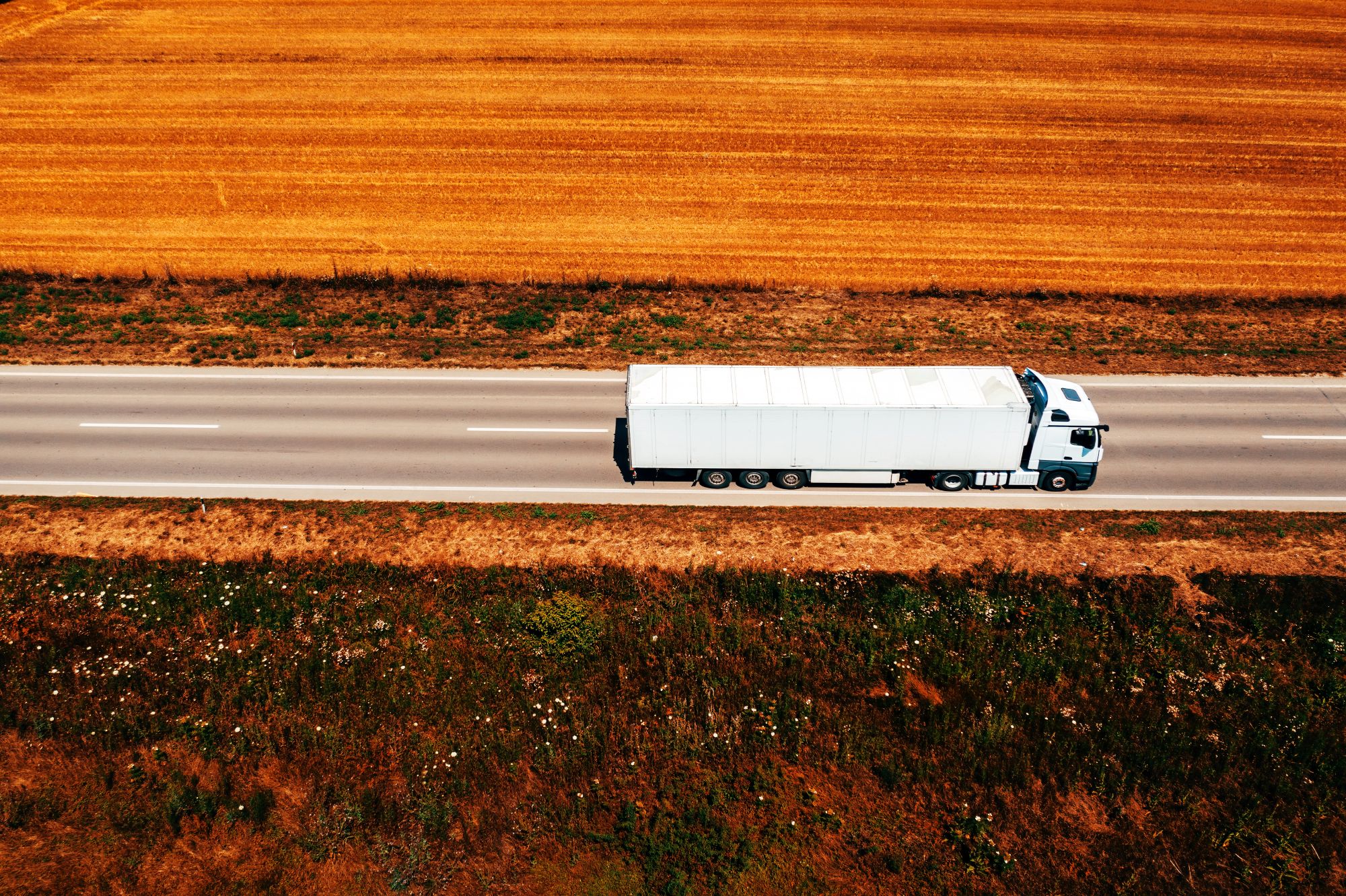
Josh Cousens
SNAP arriveert op Ashford International
Gemaakt: 27-08-2024
•
Bijgewerkt: 27-08-2024
Chauffeurs kunnen nu met SNAP Account betalen voor parkeren bij de uitstekende Ashford International Truckstop in Kent.
SNAP en Ashford International Truckstop hebben de handen ineengeslagen om chauffeurs een van de beste aanvullende parkeerservices in het Verenigd Koninkrijk te bieden - door de digitale marktplaats van SNAP samen te brengen in de bekroonde truckstop van Ashford.
Ashford International Truckstop werd in 1993 speciaal gebouwd voor de truckingindustrie en opende haar deuren op 2 mei 1994. Ze richten zich op de vrachtwagenindustrie en vrachtwagenchauffeurs in het zuidoosten die dagelijks het kanaal oversteken.

Financiële investeringen, tijd, moeite, ontwerp en uitbreiding hebben Ashford International Truckstop gemaakt tot wat het nu is, met gestructureerde beveiligingstechnologieën die strategisch zijn geïmplementeerd in de hele faciliteit om een veilige omgeving voor chauffeurs te creëren.
> Het primaire doel van Ashford International Truckstop is het bieden van een veilige omgeving voor onze klanten, hun voertuigen en de goederen die ze vervoeren. Daarnaast bieden we de beste voorzieningen en diensten die de truckinggemeenschap nodig heeft, allemaal onder één dak.''*
Darren Smith - Directeur Operaties, Ashford International
Chauffeurs voelen zich veilig in de wetenschap dat de faciliteit is uitgerust met de nieuwste technologieën op het gebied van beveiliging - van anti-inbraakhekken rond de faciliteit, ANPR-gestuurde in- en uitgangen, CCTV die de locatie bewaakt en controleert, samen met een sterk team van beveiligingsmedewerkers dat de faciliteit 24/7, 365 dagen per jaar bewaakt en patrouilleert.
Met 660 parkeerplaatsen biedt Ashford International Truckstop de volgende voorzieningen:
Winkel
Douches en toiletten voor mannen en vrouwen
Wasservice
Sportschool
Restaurant
Koffieshop.

SNAP en Ashford zijn grote voorstanders van het ondersteunen van het welzijn van chauffeurs en de nieuwe samenwerking zal helpen om meer veilige en comfortabele parkeermogelijkheden te bieden in het zuidoosten.
> "SNAP-chauffeurs vragen al lange tijd of ze SNAP op Ashford kunnen gebruiken en we zijn erg blij dat we SNAP Account digitale betalingen kunnen aanbieden op Ashford's uitstekende truckpark.
> *"Kent is altijd een broeinest geweest voor transportactiviteiten en het is van vitaal belang om veilige truckstops te hebben met de juiste voorzieningen, zoals Ashford, waar chauffeurs van kunnen genieten.
Stuart Willetts - Manager bedrijfsontwikkeling VK, SNAP
> *"Bij Ashford International Truckstop streven we ernaar om uw ervaring te verbeteren en de reis met ons soepeler te laten verlopen. *
> *Omdat SNAP een verzoek is van sommige van onze klanten, om hen op de eerste plaats te zetten, zijn we een partnerschap aangegaan om deze service aan u te kunnen leveren.
Darren Smith - Directeur Operaties, Ashford International
Chauffeurs kunnen meer informatie over Ashford International Truckstop vinden op de SNAP kaartpagina en de intruck app.



